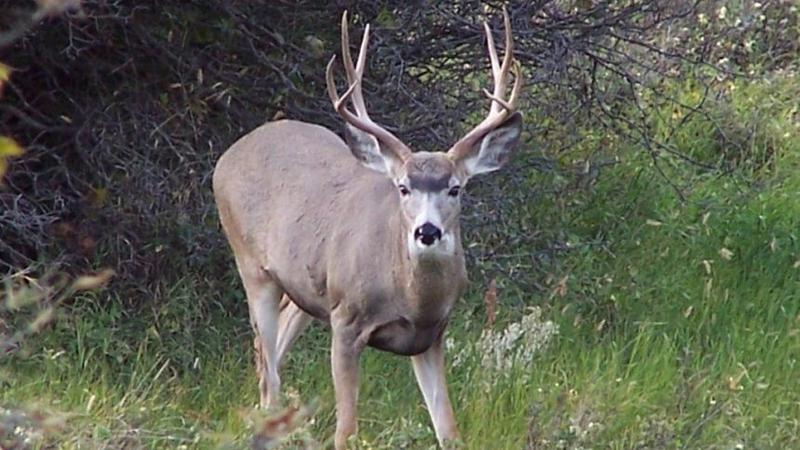
Some Sask. farmers say elk, deer populations destroying livestock feed, crops
In many parts of Saskatchewan, deer and elk are more than just pretty wildlife to take pictures of by the side of the road.
They’re destroying livestock food resources and crops.
The issue was brought up at the annual Saskatchewan Association of Rural Municipalities (SARM) convention in Saskatoon last week, and several farmers wanted to know what the province planned to do about it.
RM of Val Marie Reeve Larry Grant addressed both Premier Scott Moe and Environment Minister Dana Skoropad during the “Bear Pit” question-and-answer period.


